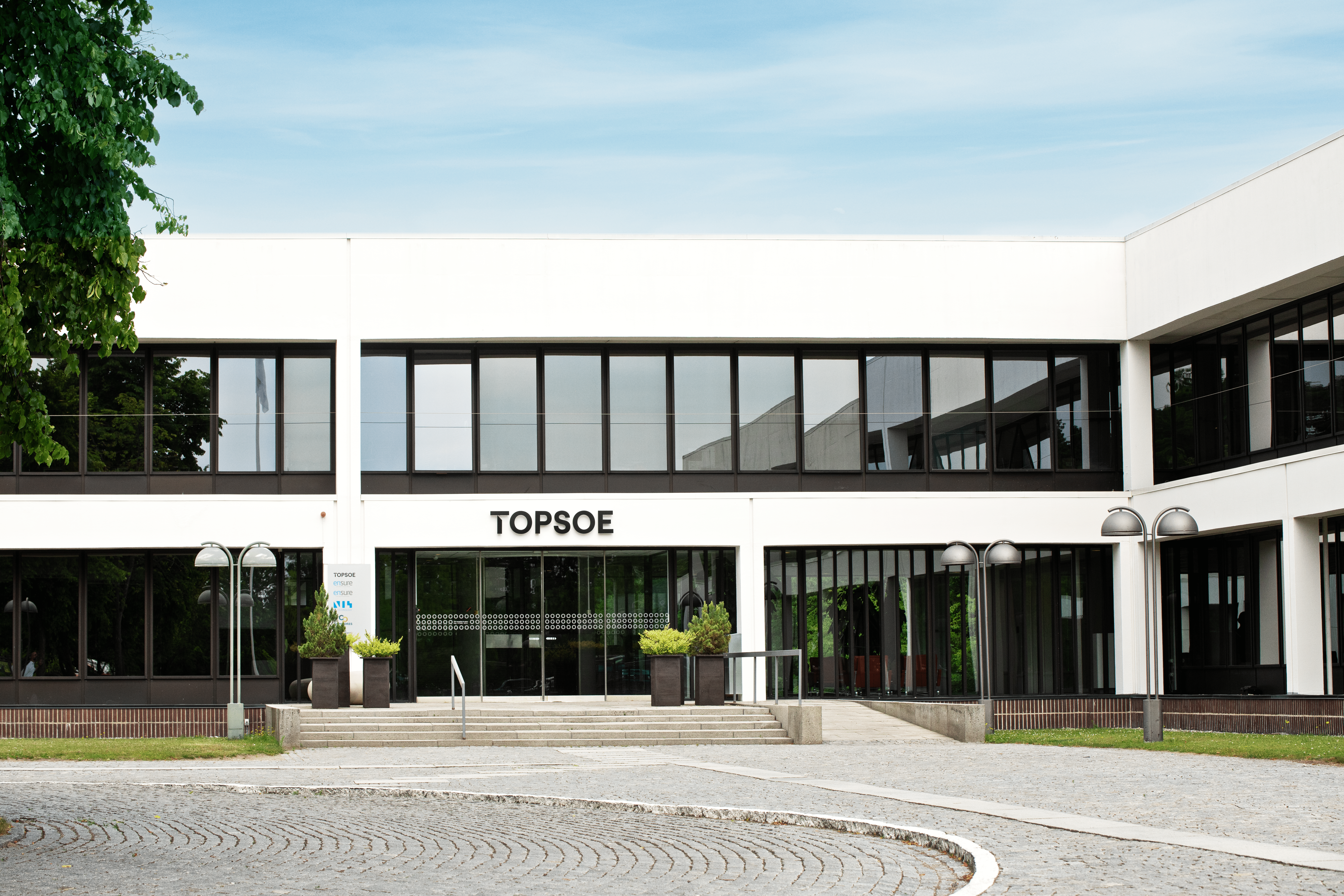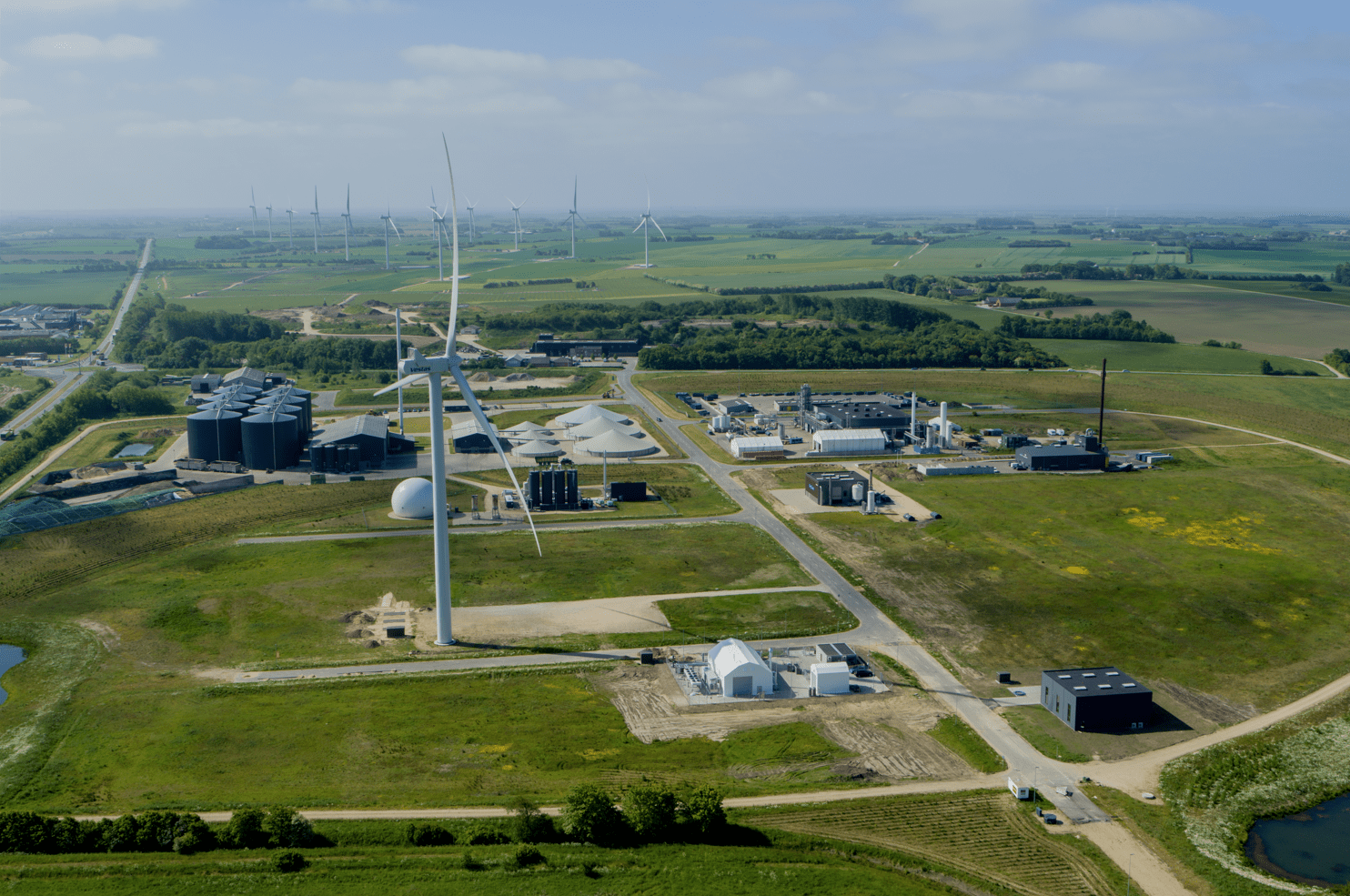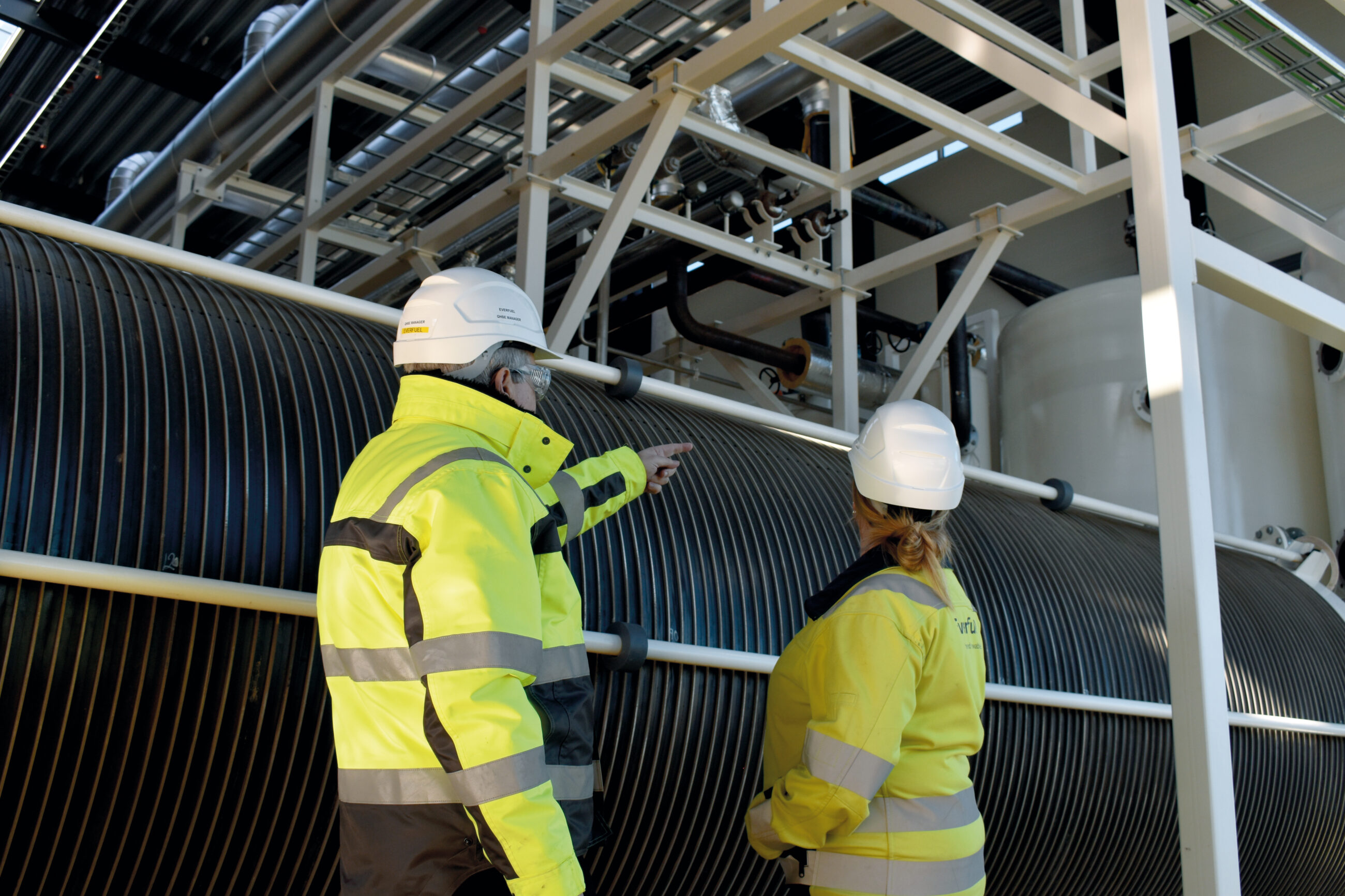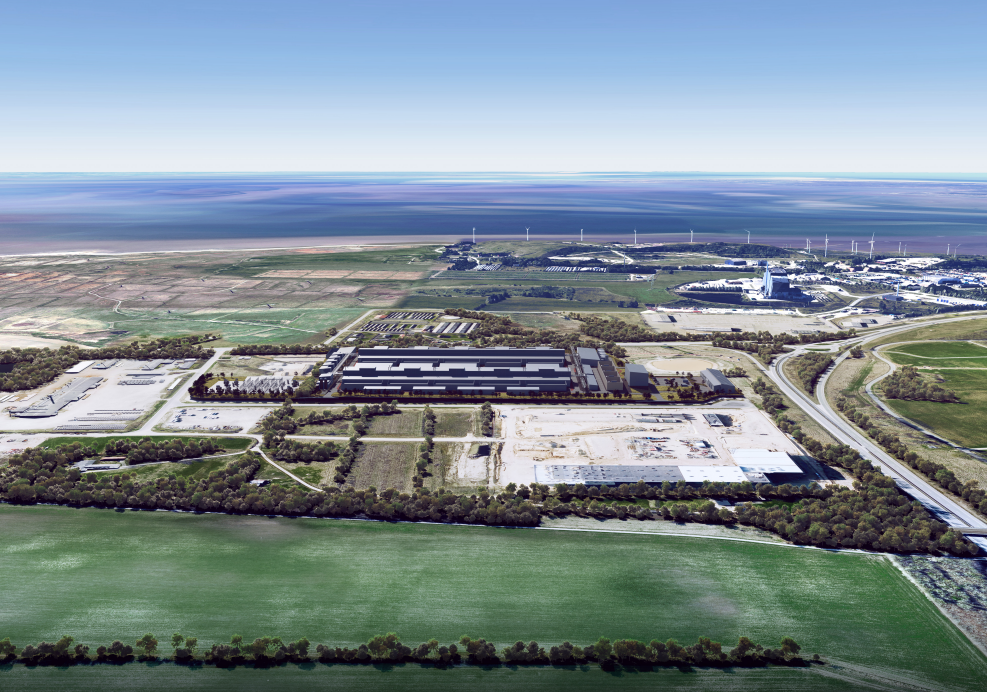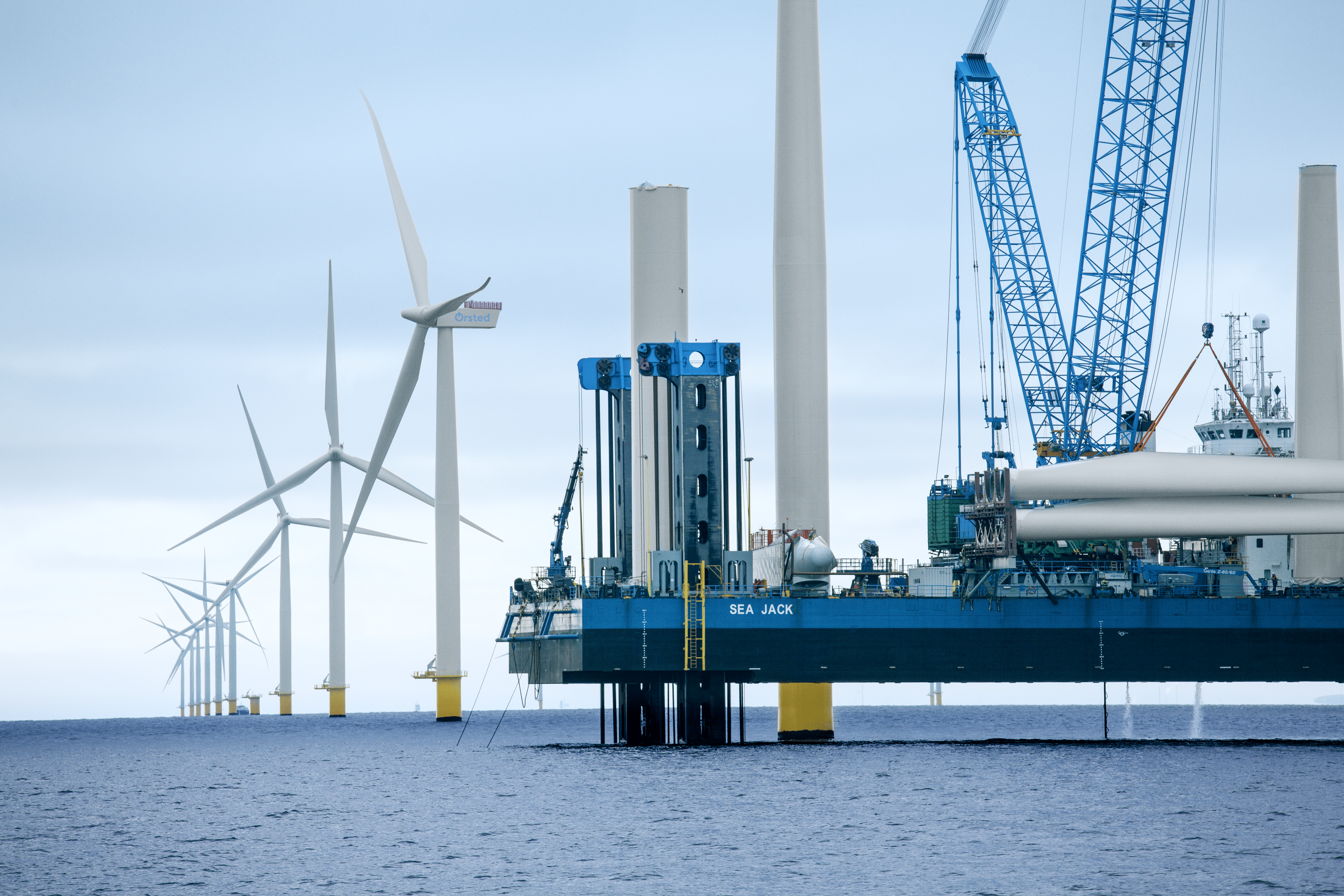News
Power-to-x
Energy storage
Green financing
+3
Green Fuels for Denmark receives IPCEI status
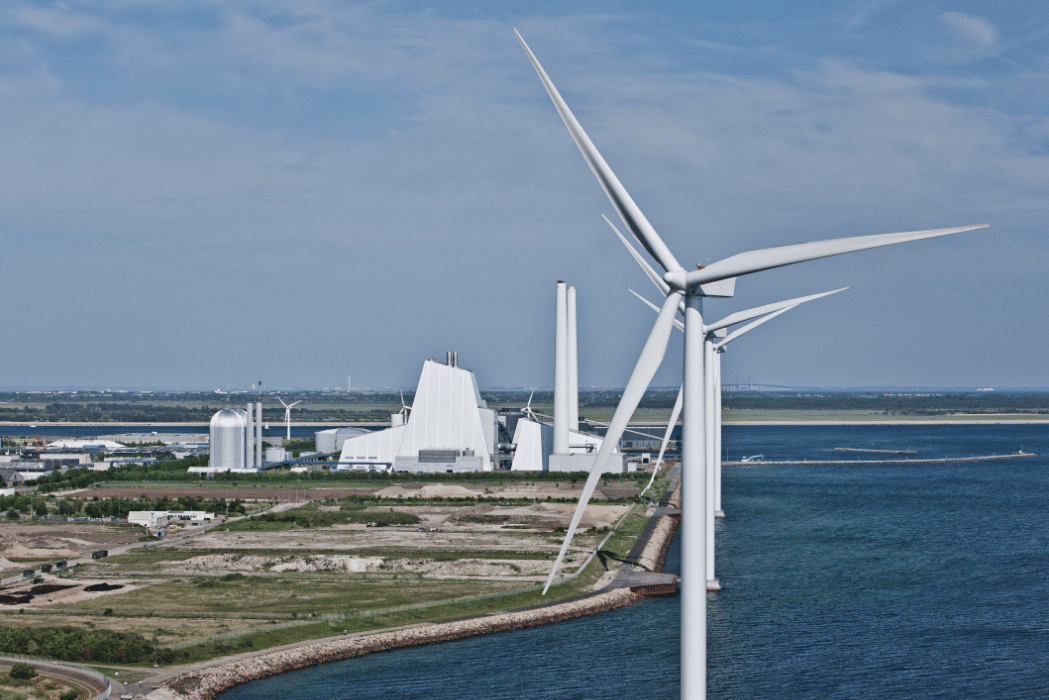

Leveraging on a strong transportation sector as a leading maritime nation, a renowned legacy within renewable energy production, leading research institutions, and a longstanding tradition for cross-sector cooperation, Denmark has a promising foundation to speed up the development of new sustainable fuels.
A lever to unleash the Danish potential is Green Fuels for Denmark, a unique partnership between Copenhagen Airports, A.P. Moller-Mærsk, DSV Panalpina, DFDS, SAS and Ørsted. Following an earmarked investment of DKK 850 million by the Danish government in 2021, the project has now been labelled as an Important Project of Common European Interest (IPCEI), contributing to sustainable economic growth, job creation, and the competitiveness of the EU economy.
Related news: In European efforts, Denmark allots DKK 850 million to green hydrogen projects
Following the European Commission granting the project IPCEI status, the consortium behind Green Fuels for Denmark will start developing the first phases of the project as part of the industrialisation of renewable hydrogen and green fuels needed to compete with fossil-based alternatives.
Olivia Breese, Senior Vice President and Head of P2X of Ørsted, says:
“We are very pleased that Green Fuels for Denmark has been identified as being of common European interest. IPCEI is a key enabler for creating a green and energy independent Europe, as it will unlock substantial amounts of funding to mature the Power-to-X industry, a central alternative to imported fossil fuels. This and other IPCEI projects in our portfolio represent the second stage of our Power-to-X journey in which we start introducing large-scale facilities across four important sectors: refining, heavy industry, chemicals production and heavy transport.”
She continues: “The scale-up of Power-to-X is dependent on the availability of large-scale renewable electricity, and we urge governments across Europe to dramatically accelerate the deployment of offshore and onshore wind and solar PV in order to deliver on Europe’s ambition to lead in Power-to-X.”
Power-to-X is emerging as a cornerstone technology in the fight against climate change in the hard-to-abate sectors and as a clear, homegrown European industrial strength. The European Commission’s decision to award IPCEI status to the flagship project Green Fuels for Denmark is testimony to the strength and maturity of the Denmark and the consortium’s Power-to-X pipeline which is based on concrete, feasible, and scalable projects in partnership with key off-takers.
Green Fuels for Denmark is located in Copenhagen. When fully developed it aims to reach a total electrolysis capacity of 1,300 MW. The project will be constructed in phases.
- Phase 1 (10 MW) will annually supply 1,000 tonnes of renewable hydrogen for heavy road transport.
- Phase 2a (100MW in total) will annually produce more than 50,000 tonnes of mainly e-methanol for shipping and enough e-kerosene to potentially fuel Denmark’s first green domestic air connection.
- Phase 2b plans to reach 300-350 MW of cumulative capacity. When in full operation, phase 2b will produce more than 100,000 tonnes in total of e-methanol and e-kerosene, equivalent to more than the total consumption of fuels for domestic aviation in Denmark.
- Phase 3 – the full 1,300 MW capacity – will be able to produce 275,000 tonnes of renewable fuels per year.
Subject to final investment decisions, phase 1 could enter commercial operations in 2023, phase 2a in 2025, and phase 2b in 2027.
